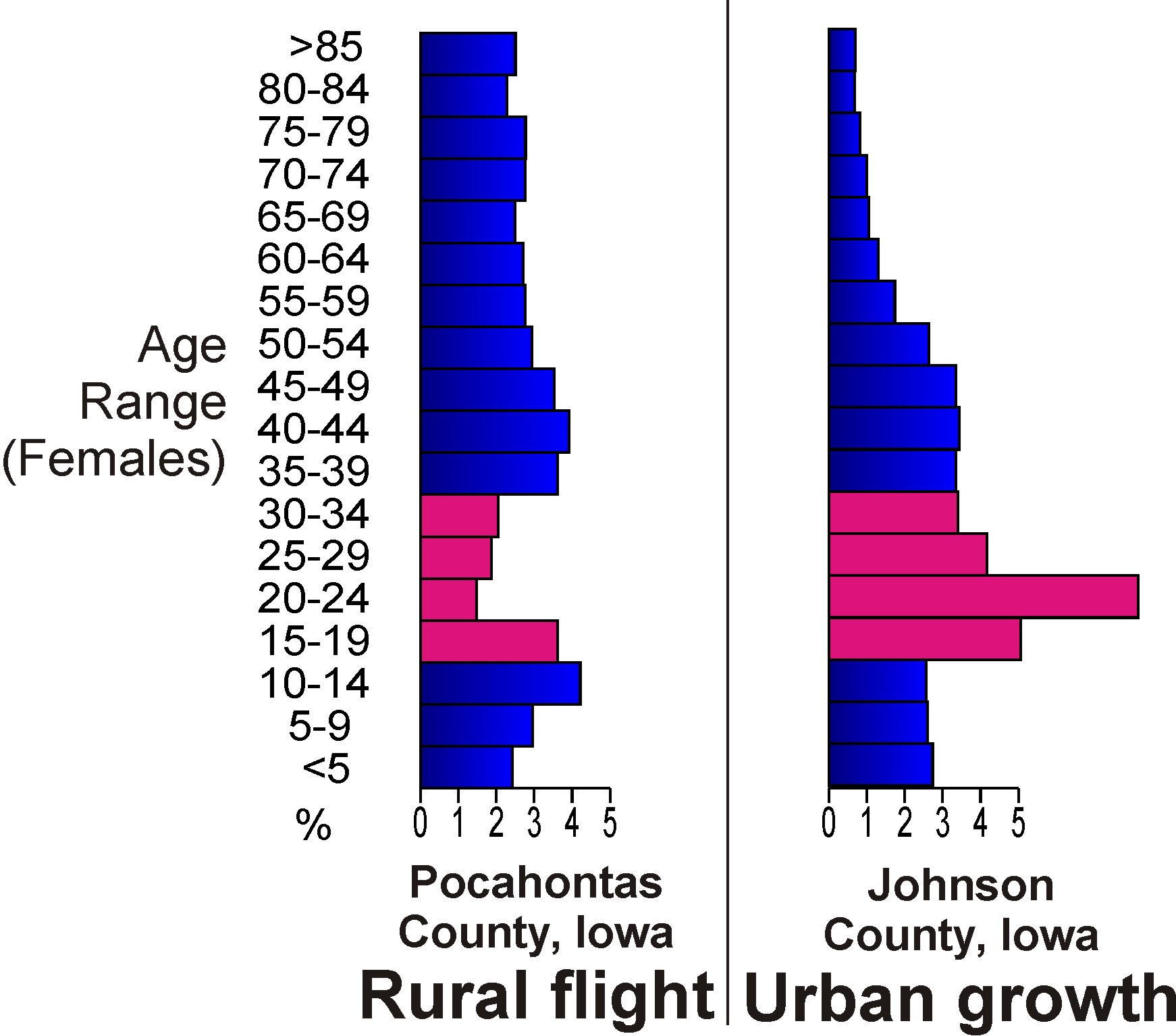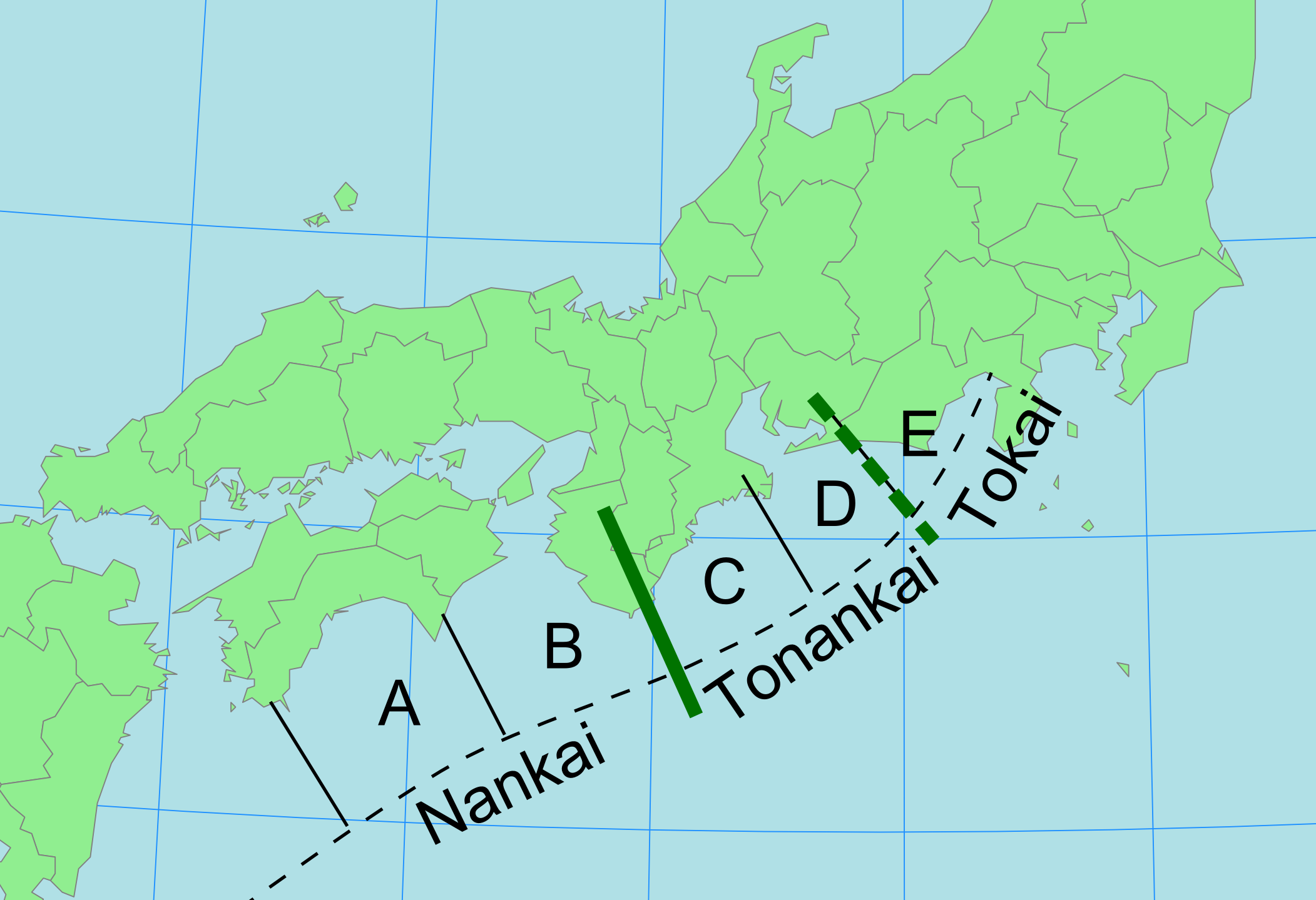|
Ōtsuki, Kōchi
270px, Ōtsuki Town Hall is a town in the Hata District, Kōchi Prefecture, Japan. , the town had an estimated population of 4,626 in 2541 households, and a population density of 45 persons per km². The total area of the town is . Geography Ōtsuki is located in far southwestern corner of Kōchi Prefecture on the island of Shikoku. It is located approximately 184 km away from downtown Kōchi. Approximately 70% of the town area is heavily wooded mountain forests. Ōtsuki is bordered by Sukumo to the north and Tosashimizu to the east, and faces the Pacific Ocean to the south. The Bungo Channel, which separates Kyushu and Shikoku, runs along the west of Ōtsuki, while the Kuroshio Current brushes up against its south shores. To its south, Ōtsuki has a small collection of islands, including Kashiwajima, Okinojima, and Ugurushima. Neighbouring municipalities Kōchi Prefecture * Sukumo * Tosashimizu Seismicity Ōtsuki, along with the coastline along Kochi prefectur ... [...More Info...] [...Related Items...] OR: [Wikipedia] [Google] [Baidu] |
Towns Of Japan
A town (町; ''chō'' or ''machi'') is a local administrative unit in Japan. It is a local public body along with prefecture (''ken'' or other equivalents), city (''shi''), and village (''mura''). Geographically, a town is contained within a district. Note that the same word (町; ''machi'' or ''chō'') is also used in names of smaller regions, usually a part of a ward in a city. This is a legacy of when smaller towns were formed on the outskirts of a city, only to eventually merge into it. Towns See also * Municipalities of Japan * Japanese addressing system The Japanese addressing system is used to identify a specific location in Japan. When written in Japanese characters, addresses start with the largest geographical entity and proceed to the most specific one. When written in Latin alphabet, Lati ... References {{reflist External links "Large_City_System_of_Japan";_graphic_shows_towns_compared_with_other_Japanese_city_types_at_p._1_[PDF_7_of_40/nowiki>">DF_7_of_ ... [...More Info...] [...Related Items...] OR: [Wikipedia] [Google] [Baidu] |
Bungo Channel
The is a strait separating the Japanese islands of Kyushu and Shikoku. It connects the Pacific Ocean and the Seto Inland Sea on the western end of Shikoku. The narrowest part of this channel is the Hōyo Strait. In the English-speaking world, the Bungo Strait is most known as a setting in the 1958 World War II submarine A submarine (or sub) is a watercraft capable of independent operation underwater. It differs from a submersible, which has more limited underwater capability. The term is also sometimes used historically or colloquially to refer to remotely o ... film '' Run Silent, Run Deep'', based upon the best-selling 1955 novel by then-Commander Edward L. Beach Jr.Sheffield, Richard. (2009). ; Leeman, Sergio and Robert Wise. (1995). ''Robert Wise on his Films: from Editing Room to Director's Chair,'' p. 145. Notes References * Leeman, Sergio and Robert Wise. (1995). ''Robert Wise on his Films: from Editing Room to Director's Chair.'' Los Angeles: Silman-James. O ... [...More Info...] [...Related Items...] OR: [Wikipedia] [Google] [Baidu] |
Yamauchi Clan
The Yamauchi clan (山内氏) were a family of rulers over what was then the Tosa Province which spanned the southern half of Shikoku island. The province was given to the family in 1600 after Yamauchi Kazutoyo led troops under Tokugawa Ieyasu at the Battle of Sekigahara. The family stayed loyal to the Tokugawa dynasty until shortly before its overthrow in 1868. The head of the family at that time Yamauchi Toyoshige became prince of the newly formed Kōchi Prefecture under Imperial rule. Notable members * Yamauchi Kazutoyo , also spelled Yamanouchi (1545/1546? – November 1, 1605). He was retainer of Oda Nobunaga and later Toyotomi Hideyoshi. His father Yamauchi Moritoyo, was a descendant of Fujiwara no Hidesato, a senior retainer of the Iwakura Oda clan (o ... * Yamauchi Chiyo * Yamauchi Toyoshige References Japanese clans Fujiwara clan {{Japan-hist-stub ... [...More Info...] [...Related Items...] OR: [Wikipedia] [Google] [Baidu] |
Tosa Domain
The was a feudal domain under the Tokugawa shogunate of Edo period Japan, controlling all of Tosa Province in what is now Kōchi Prefecture on the island of Shikoku. It was centered around Kōchi Castle, and was ruled throughout its history by the ''tozama daimyō'' Yamauchi clan. Many people from the domain played important roles in events of the late Edo period including Nakahama Manjirō, Sakamoto Ryōma, Yui Mitsue, Gotō Shōjirō, Itagaki Taisuke, Nakae Chōmin, and Takechi Hanpeita. Tosa Domain was renamed during the early Meiji period until it was dissolved in the abolition of the han system in 1871 and became Kōchi Prefecture. History At the end of the Sengoku period, the Chōsokabe clan ruled Tosa Province. The Chōsokabe had briefly controlled the entire island of Shikoku under Chōsokabe Motochika from 1583 until he was defeated by Toyotomi Hideyoshi in the Invasion of Shikoku in 1585. Motochika fought for Hideyoshi in the Kyushu Campaign and the invasions ... [...More Info...] [...Related Items...] OR: [Wikipedia] [Google] [Baidu] |
Edo Period
The or is the period between 1603 and 1867 in the history of Japan, when Japan was under the rule of the Tokugawa shogunate and the country's 300 regional '' daimyo''. Emerging from the chaos of the Sengoku period, the Edo period was characterized by economic growth, strict social order, isolationist foreign policies, a stable population, perpetual peace, and popular enjoyment of arts and culture. The period derives its name from Edo (now Tokyo), where on March 24, 1603, the shogunate was officially established by Tokugawa Ieyasu. The period came to an end with the Meiji Restoration and the Boshin War, which restored imperial rule to Japan. Consolidation of the shogunate The Edo period or Tokugawa period is the period between 1603 and 1867 in the history of Japan, when Japan was under the rule of the Tokugawa shogunate and the country's regional '' daimyo''. A revolution took place from the time of the Kamakura shogunate, which existed with the Tennō's court, to ... [...More Info...] [...Related Items...] OR: [Wikipedia] [Google] [Baidu] |
Tosa Province
was a province of Japan in the area of southern Shikoku. Nussbaum, Louis-Frédéric. (2005). "''Tosa''" in . Tosa bordered on Awa to the northeast, and Iyo to the northwest. Its abbreviated form name was . In terms of the Gokishichidō system, Tosa was one of the provinces of the Nankaidō circuit. Under the ''Engishiki'' classification system, Tosa was ranked as one of the "middle countries" (中国) in terms of importance, and one of the "far countries" (遠国) in terms of distance from the capital. The provincial capital was located in what is now the city of Nankoku. The ''ichinomiya'' of the province is the Tosa shrine located in the city of Kōchi. retrieved 2011-08-09 [...More Info...] [...Related Items...] OR: [Wikipedia] [Google] [Baidu] |
Japanese Paleolithic
The is the period of human inhabitation in Japan predating the development of pottery, generally before 10,000 BC. The starting dates commonly given to this period are from around 40,000 BC; although any date of human presence before 35,000 BC is controversial, with artifacts supporting a pre-35,000 BC human presence on the archipelago being of questionable authenticity. Charles T. Keally The period extended to the beginning of the Mesolithic , or around 14,000 BC. The earliest human bones were discovered in the city of in |
Demographics Of Japan
The demographic features of the population of Japan include population density, ethnicity, education level, health of the populace, economic status, religious affiliations and other aspects regarding the population. Population Historical population According to the Statistical Bureau of Japan, the population of Japan as of May 2022 is at 125.05 million, including foreign residents. The population of only Japanese nationals was 123.8 million in January 2021. Japan was the world's eleventh-most populous country as of 2017. The total population had declined by 0.8 percent from the time of the census five years previously, the first time it had declined since the 1945 census. Since 2010, Japan has experienced net population loss due to falling birth rates and minimal immigration, despite having one of the highest life expectancies in the world, at 85.00 years (it stood at 81.25 as of 2006). Using the annual estimate for October of each year, the population peaked in 20 ... [...More Info...] [...Related Items...] OR: [Wikipedia] [Google] [Baidu] |
Rural Flight
Rural flight (or rural exodus) is the migratory pattern of peoples from rural areas into urban areas. It is urbanization seen from the rural perspective. In industrializing economies like Britain in the eighteenth century or East Asia in the twentieth century, it can occur following the industrialization of primary industries such as agriculture, mining, fishing, and forestry—when fewer people are needed to bring the same amount of output to market—and related secondary industries (refining and processing) are consolidated. Rural exodus can also follow an ecological or human-caused catastrophe such as a famine or resource depletion. These are examples of push factors. The same phenomenon can also be brought about simply because of higher wages and educational access available in urban areas; examples of pull factors. Once rural populations fall below a critical mass, the population is too small to support certain businesses, which then also leave or close, in a vic ... [...More Info...] [...Related Items...] OR: [Wikipedia] [Google] [Baidu] |
Humid Subtropical Climate
A humid subtropical climate is a zone of climate characterized by hot and humid summers, and cool to mild winters. These climates normally lie on the southeast side of all continents (except Antarctica), generally between latitudes 25° and 40° and are located poleward from adjacent tropical climates. It is also known as warm temperate climate in some climate classifications. Under the Köppen climate classification, ''Cfa'' and ''Cwa'' climates are either described as humid subtropical climates or warm temperate climates. This climate features mean temperature in the coldest month between (or ) and and mean temperature in the warmest month or higher. However, while some climatologists have opted to describe this climate type as a "humid subtropical climate", Köppen himself never used this term. The humid subtropical climate classification was officially created under the Trewartha climate classification. In this classification, climates are termed humid subtropical when th ... [...More Info...] [...Related Items...] OR: [Wikipedia] [Google] [Baidu] |
Nankai Megathrust Earthquakes
Nankai megathrust earthquakes are great megathrust earthquakes that occur along the ''Nankai megathrust'' – the fault under the Nankai Trough – which forms the plate interface between the subducting Philippine Sea Plate and the overriding Amurian Plate (part of the Eurasian Plate), which dips beneath southwestern Honshu, Japan. The fault is divided into five segments in three zones, which rupture separately or in combination, and depending on location, the resulting earthquakes are subdivided by zone from west to east into Nankai earthquakes, Tōnankai earthquakes, and Tōkai earthquakes. The earthquakes occur with a return period of about 90–200 years, and often occur in pairs, where a rupture along one part of the fault is followed by a rupture elsewhere on the fault, notably the 1854 Ansei-Tōkai earthquake and the 1854 Ansei-Nankai earthquake the next day, and the 1944 Tōnankai earthquake, followed by the 1946 Nankaidō earthquake. In one recorded case (the 17 ... [...More Info...] [...Related Items...] OR: [Wikipedia] [Google] [Baidu] |






